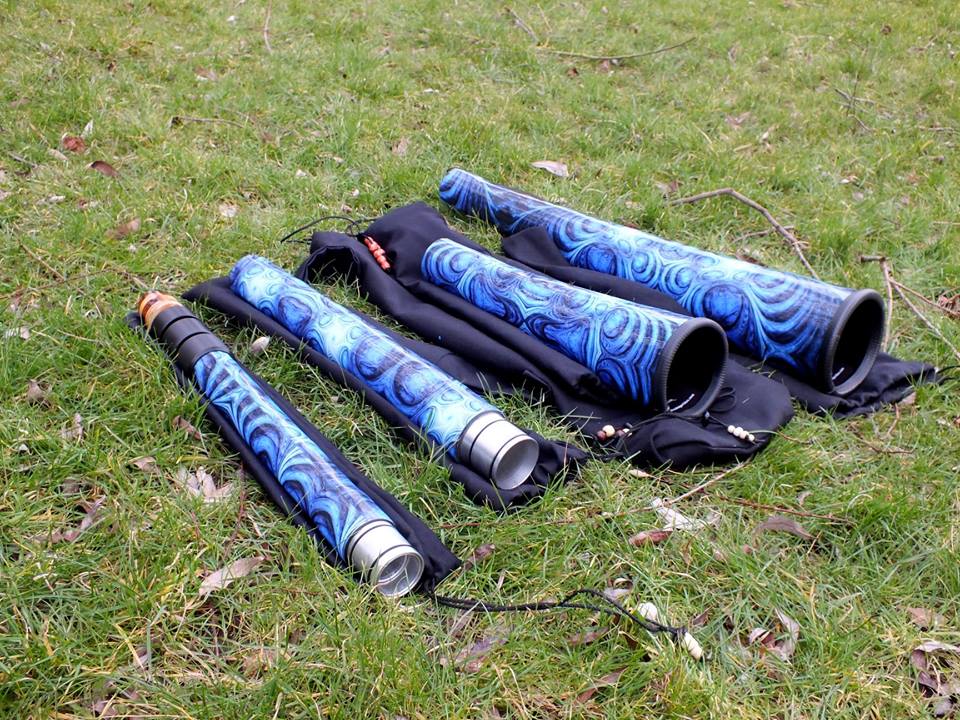

Interestingly, for system in the maximal two-qubit entanglement state, the measurement backaction from strong probe could be compensated by a parity measurement.

While for the strong measurement, due to the measurement backaction, the system will collapse to the basis state corresponding to the eigenvalue measured with a higher probability. The weak probing could measure the observables accurately after sufficient runs. We theoretically analyze the Bell’s inequalities by continuously monitoring a system comprising two-coupled superconducting qubits. Our results showcase resource-efficient stabilizer measurements in a multi-qubit architecture and demonstrate how continuous error correction codes can address challenges in realizing a fault-tolerant system. Furthermore, we use the protocol to increase the relaxation time of the protected logical qubit by a factor of 2.7 over the relaxation times of the bare comprising qubits. Using this method, we achieve an average bit-flip detection efficiency of up to 91%. The continuous measurements are monitored by an FPGA controller that actively corrects errors as they are detected.
#QUANTUM ENTANGLER CODE#
Here we use direct parity measurements to implement a continuous quantum bit-flip correction code in a resource-efficient manner, eliminating entangling gates, ancilla qubits, and their associated errors. However, their gate structure makes them vulnerable to errors occurring at specific times in the code and errors on the ancilla qubits. These stabilizer measurements are traditionally realized with entangling gates and projective measurement on ancillary qubits to complete a round of error correction.

Typically, quantum error correction is executed in discrete rounds where errors are digitized and detected by projective multi-qubit parity measurements. The storage and processing of quantum information are susceptible to external noise, resulting in computational errors that are inherently continuous A powerful method to suppress these effects is to use quantum error correction. Furthermore, the protocol increases the relaxation time of the protected logical qubit by a factor of 2.7 over the relaxation times of the bare comprising qubits. An FPGA controller actively corrects errors as they are detected, achieving an average bit-flip detection efficiency of up to 91%. Here we use direct parity measurements to implement a continuous quantum bit-flip correction code in a resource-efficient manner, eliminating entangling gates, ancillary qubits, and their associated errors. Typically, quantum error correction is executed in discrete rounds, using entangling gates and projective measurement on ancillary qubits to complete each round of error correction. A powerful method to suppress these effects is quantum error correction. The storage and processing of quantum information are susceptible to external noise, resulting in computational errors.


 0 kommentar(er)
0 kommentar(er)
